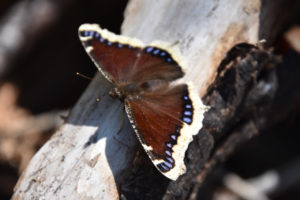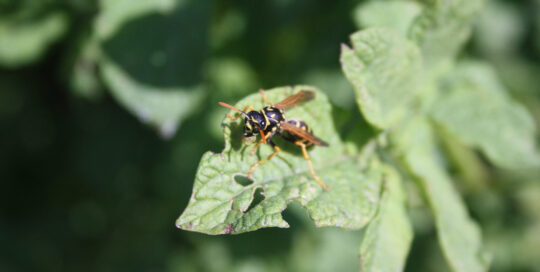Create your own butterfly garden with flowers they love
Views: 1102

We all love butterflies, and this is the time of the year to plan a garden just for them. It’s always good to incorporate flowers into the landscape, even into a vegetable garden. But it’s even more enjoyable to create a special butterfly garden to sit and watch these delightful insects.
Who are our common pollinators and what do they do?
Pick the right colors for your butterfly garden
Like us, butterflies like color. But to them it means more than just a pretty place to land. Colors, sometimes in ranges we can’t detect (even in the ultraviolet range) indicate when the nectar is at peak production. They’ll even know when it’s past its prime. Even though we can’t see the flowers in the same way they see them, over the years people noticed what flowers they use. From these observations butterflies are keen on purple, yellow, orange, pinks, and reds, although by no means does this mean that they’ll neglect other colored flowers. Plenty of times, I’ve had butterflies on my delphiniums or globe thistle (Echinops). When you’re placing these in the butterfly garden, group them together for the best impact.
Look for proper nectar sources
Of course, when you’re choosing your flower selection, choose varieties that provide a food source throughout the season. Some of the best options including (not surprisingly) butterfly bush, echinacea, and asters. The bright orange butterfly weed, a member of the milkweed family, along with oregano and verbena species are also good. One thing you’ll notice with butterflies is they prefer flowers with flattened tops such as the milkweeds, echinacea, and verbena. But include flowers of all shapes and sizes. Plus, do your best to cut back flowers to encourage additional blooms throughout the season.
Provide food for the babies
Besides feeding your butterflies to encourage them to hang around, the ultimate goal is to have them set up their home in your garden. This requires adequate habitat, including the right host plants to feed the fast-growing larvae after they emerge. For many of us, planting flowers for the insects to eat is a little counterintuative, but when you consider the long term benefits of butterflies and other pollinators who are naturally attracted to this type of garden, it’s an easy decision.
Each butterfly species prefers different host plants. We are big fans of swallowtails so it’s good to know that the Tiger swallowtail gravitates towards willows, cherries, and tulip trees, while the Eastern swallowtail likes dill, fennel, Queen Anne’s lace (one of my favorite wildflowers growing up in Ohio), and even rue (one of my least favorites). Monarch butterflies are well-known to have a penchant for milkweed varieties, both as a host and nectar plant. And the larvae of the painted lady butterfly uses asters and hollyhocks. If you have favorite butterflies in your area, checking with a local source to learn about what specific varieties will do the best for you.
Water is important in a butterfly garden
Don’t forget about water for butterflies. In many areas of the country, there is plenty of dew in the mornings, but in other areas, finding moisture is a significant daily issue. Something as simple as a shallow dish with a few rocks strategically placed is often enough.
Create a safe space
Besides providing food, water, and basically a nursery for baby butterflies, keeping their home free of pesticides is critical. Even organic ones kill butterflies. And don’t be too fussy about your fall cleanup. The butterflies that stick around during the winter need someplace to hunker down to survive the cold, and oftentimes this means piles of leaves or other debris. If you take it all away, they’re left with nothing or they’ll go elsewhere, which isn’t what you want.
Creating your own butterfly garden is like having your own sanctuary. Be sure to include a comfortable chair among the flowers were you can sit to watch what species visit and what flowers they like… along with simply enjoying their presence!
Meet Amy Grisak
Amy is a freelance author and photographer in Great Falls, MT who specializes in gardening, foods, and sustainable agriculture. She provides information on every kind…
Amy's Recent Posts

Looking into the Crystal Ball for a Pest Report








